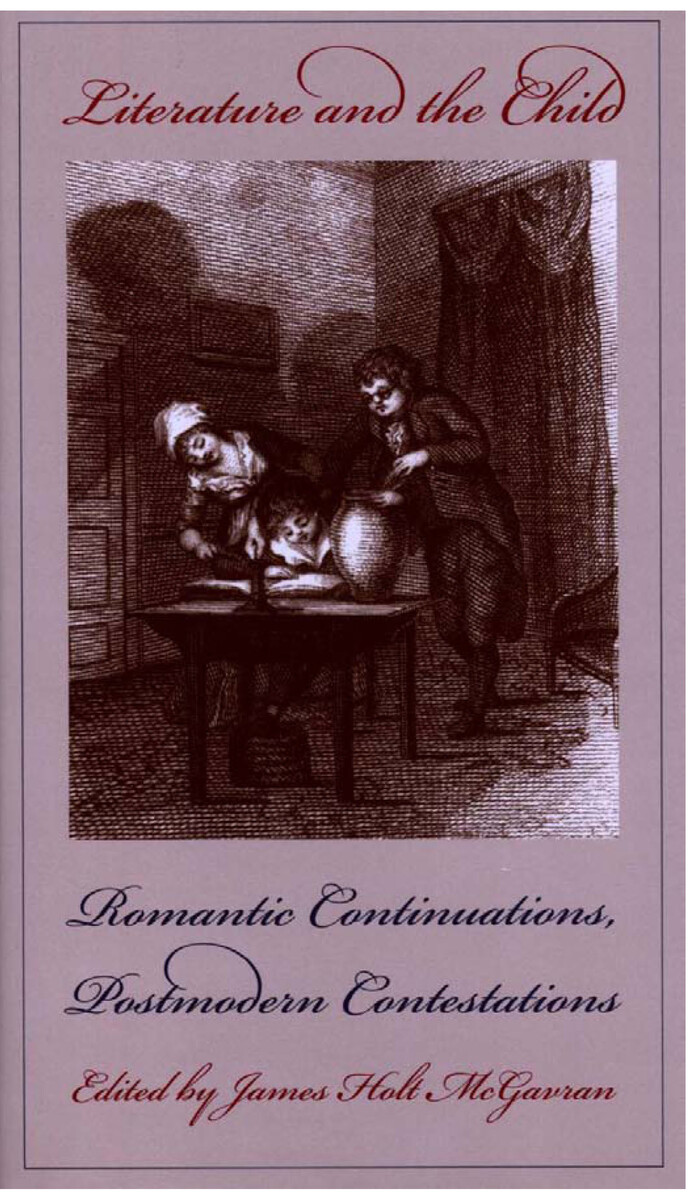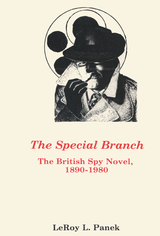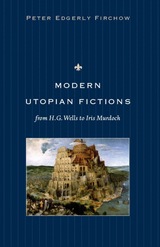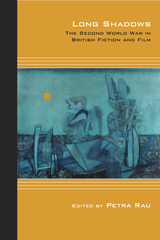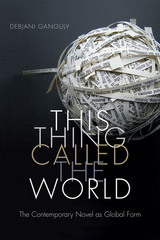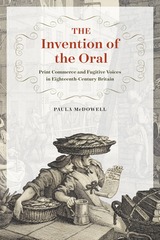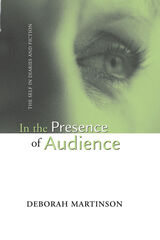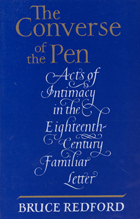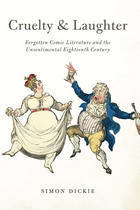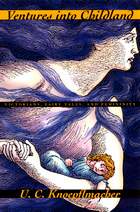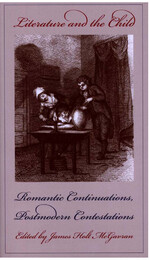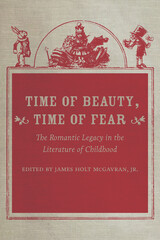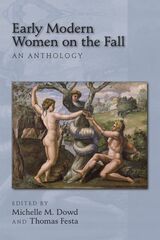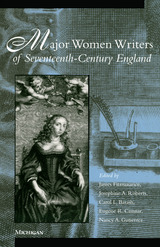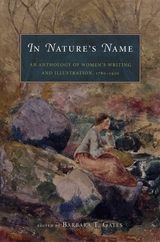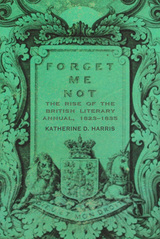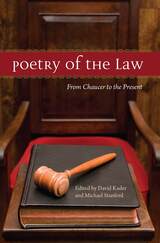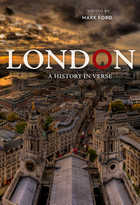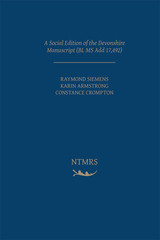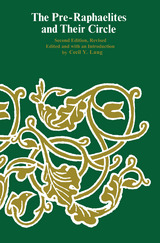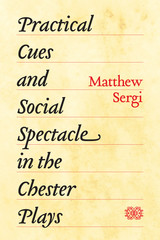Literature and the Child: Romantic Continuations, Postmodern Contestations
University of Iowa Press, 1999
Paper: 978-1-58729-997-1 | Cloth: 978-0-87745-690-2 | eISBN: 978-1-58729-291-0
Library of Congress Classification PR990.L58 1999
Dewey Decimal Classification 820.99282
Paper: 978-1-58729-997-1 | Cloth: 978-0-87745-690-2 | eISBN: 978-1-58729-291-0
Library of Congress Classification PR990.L58 1999
Dewey Decimal Classification 820.99282
ABOUT THIS BOOK | AUTHOR BIOGRAPHY | REVIEWS | TOC | REQUEST ACCESSIBLE FILE
ABOUT THIS BOOK
The Romantic myth of childhood as a transhistorical holy time of innocence and spirituality, uncorrupted by the adult world, has been subjected in recent years to increasingly serious interrogation. Was there ever really a time when mythic ideals were simple, pure, and uncomplicated? The contributors to this book contend—although in widely differing ways and not always approvingly—that our culture is indeed still pervaded, in this postmodern moment of the very late twentieth century, by the Romantic conception of childhood which first emerged two hundred years ago.
In the wake of the French Revolution and the Industrial Revolution, western Europe experienced another fin de siècle characterized by overwhelming material and institutional change and instability. By historicizing the specific political, social, and economic conflicts at work within the notion of Romantic childhood, the essayists in Literature and the Child show us how little these forces have changed over time and how enriching and empowering they can still be for children and their parents.
In the first section, “Romanticism Continued and Contested,” Alan Richardson and Mitzi Myers question the origins and ends of Romantic childhood. In “Romantic Ironies, Postmodern Texts,” Dieter Petzold, Richard Flynn, and James McGavran argue that postmodern texts for both children and adults perpetuate the Romantic complexities of childhood. Next, in “The Commerce of Children's Books,” Anne Lundin and Paula Connolly study the production and marketing of children's classics. Finally, in “Romantic Ideas in Cultural Confrontations,” William Scheick and Teya Rosenberg investigate interactions of Romantic myths with those of other cultural systems.
See other books on: Books and reading | Child | Children's Studies | English-speaking countries | Romanticism
See other titles from University of Iowa Press
